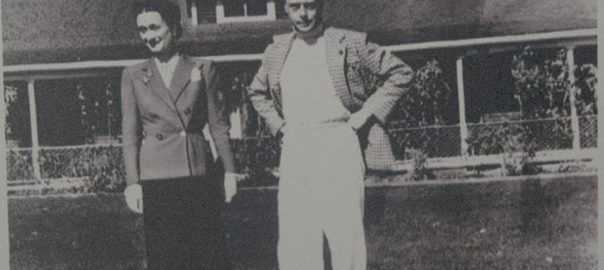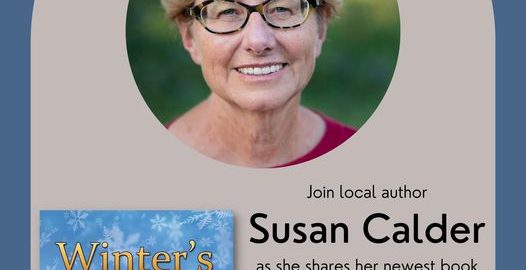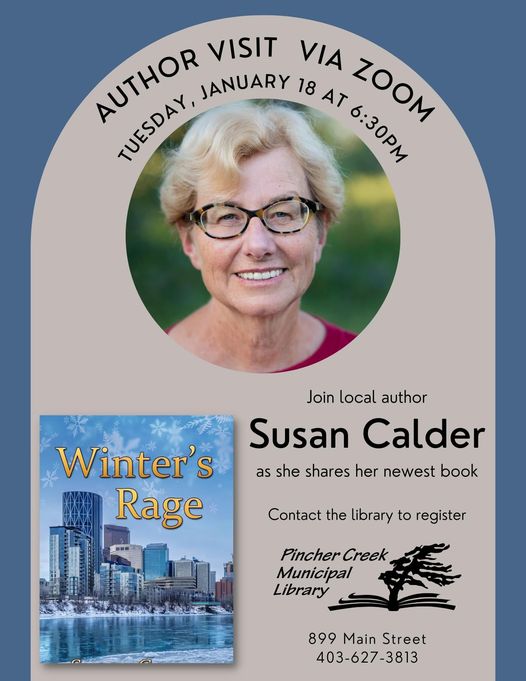Since I’d be in Mexico for my 70th birthday, my kids offered to treat me to the ‘experience’ gift of my choice. I said I’d check out options when I got there in December and thought the ideal present should be something I’d enjoy, but wouldn’t splurge on myself. In Puerto Vallarta, I scanned the English language newspaper and spotted an ad for The Iguana Restaurant in the Casa Kimberly Boutique Hotel, the former home of actress Elizabeth Taylor. I decided, this is it! My husband Will and I made a reservation for December 13th, at 6:00 p.m. to catch the sunset.
In 1964 Elizabeth Taylor and actor Richard Burton had a torrid affair in Puerto Vallarta, during the filming of his movie, The Night of the Iguana. Their romance thrilled and shocked the world and is credited with turning the off-the-beaten-path fishing village into a booming tourist destination. On our four previous holidays in Puerto Vallarta, Will and I had walked by the Taylor and Burton homes up the hill from downtown. A bridge connects their two residences and you can peek at the statue of the lovers in the hotel entrance, but can’t see more than that without staying or eating at the Casa Kimberly.


Armed with our reservation, this time we made it inside.

On our walk up the staircase to the restaurant, we were greeted by Liz herself.

Our courteous server showed us to our table, which had a fabulous view from the open-air window.

We had a view of the ocean, although this picture below washes the ocean out and the condominium in the distance blocked our view of the sun sinking into the bay. The cupola stands atop Burton’s former home, now part of the Casa Kimberly Hotel. During dinner, Will noticed people on the bridge and wondered if they’d climbed up from the street for a moment of romance. We found out later this wasn’t the case.

We started our meal with cocktails and appetizers. I ordered The Iguana Salad and Will chose the bean and poblano soup, which arrived in an interesting two-colour presentation.

I loved my salad and had a spoonful of Will’s soup, which tasted amazing. Will agreed. For our main courses, he had Cornish hen and I had Diablo Shrimp, which was delicious. I feel like a restaurant critic when I say the subtle flavours blended into a complete dish that tasted Mexican, yet different.

Of course, I had to check out the restrooms. They turned out to be ordinary, but the walk there passed through the spacious atrium and a Taylor/Burton photo and movie poster display.


It’s strange how the ghostly presence of these movie stars enhanced the restaurant’s atmosphere, but it did for me even though Elizabeth Taylor was a little before my time. Richard Burton’s career peaked later in his life and I’m more familiar with him as an actor and personality. Incidentally, he was my introduction to the concept of imposter syndrome. In a television interview, he confided his fear that people would discover his acting was no more than what everyone did in their living rooms. Some called him the greatest actor of his day, and I was impressed with his vulnerability.
While I was away from the table, Will asked for the dessert menu. The server wouldn’t give it to him until I returned, because it was my birthday. I chose a chocolate cake for Will and me to share. It arrived with decorations.

As I took my first bite of cake, fireworks exploded behind the high rise building on the bay. This wasn’t as as special as you might think, since they set off fireworks in Puerto Vallarta every night.
We left the restaurant feeling our dinner was worth very peso. On our way out, we solved the mystery of the people on the lovers’ bridge. The Casa Kimberly had opened the bridge part way so restaurant patrons could get a glimpse into Burton’s former residence, enjoy a photo opportunity, and end the evening with a touch of magic.










